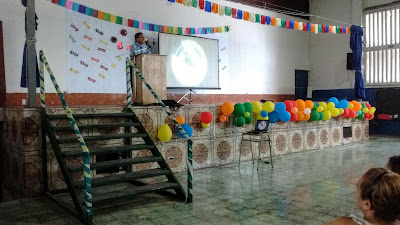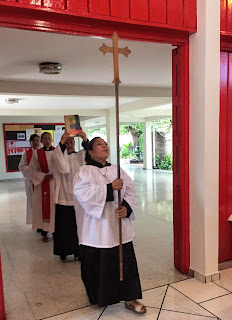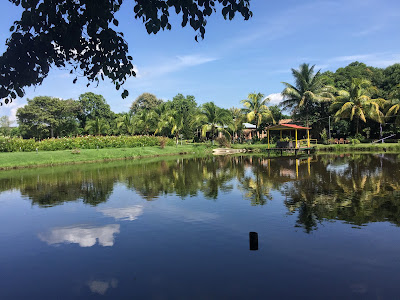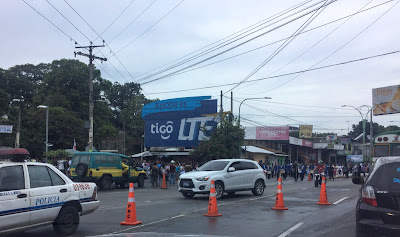Creativity, Technology, Opportunity and Alligators

As the school year begins in the US, students in El Salvador are into their last 6 weeks of classes. September brings a focus on history and patriotism. October is the month of the child. November is graduation month. For older students, these last months of school are filled with many special celebrations which makes it even more challenging to complete group projects, present graduation projects and theses, pass examinations and secure good evaluations. The parades and cultural events are super fun. The students are nervous but love seeing the photos of themselves and their friends in costumes, dancing, making music and marching. Sometimes I am frustrated by the amount of time these events take away from coursework (at all levels). As a former teacher, for me, it is a greater honor to receive an invitation to share in special, end-of-school-year scholastic events with Salvadoran families. Proud parents are truly joyful when guests fro...





